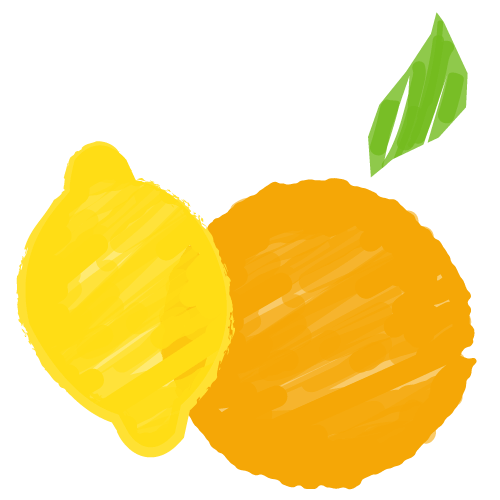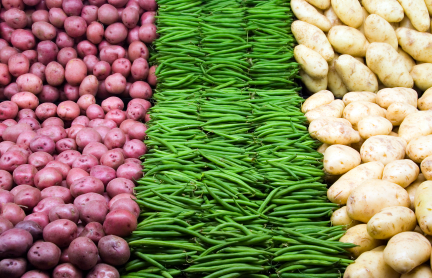McLean, VA - What role do vegetables play in meeting the nutritional needs of children? Do infants and toddlers consume enough vegetables to meet adequate energy and nutrient requirements for healthy growth and development? And if not, how can we ensure that very young children develop a taste for and reap the benefits of greater vegetable consumption?
Authors of a scientific supplement published today in the peer-reviewed journal, Advances in Nutrition, explore the state of the science on children's vegetable consumption and reinforce the important nutritive value provided by vegetables, especially potatoes, for infants and toddlers. The supplement identifies the research topics critical to developing evidence-based policies as the development of the 2020 Dietary Guidelines for Americans (DGAs) progresses--the first time the guidelines will include federal nutrition policy for infants and toddlers from birth to 24 months of age.
"Children in the 0-2 years age group have not been included in the DGAs previously, making this collection of research papers an important contribution to the scientific literature used in nutrition policy development," states Theresa A. Nicklas, DrPH, USDA/ARS Children's Nutrition Research Center, Department of Pediatrics, Baylor College of Medicine, one of the supplement's authors. "Research that helps us better understand children's vegetable consumption from birth through adolescence will ensure successful implementation of effective programs to increase consumption of all vegetables, including potatoes, to support healthy eating patterns throughout life."
The January 2016 Advances in Nutrition supplement, "Science and Policy: Adopting a Fruitful Vegetable Encounter for Our Children," published by the American Society for Nutrition, features a foreword and seven papers by leading food and nutrition scientists on topics ranging from vegetable preference and acceptance by the very young to the physiology of how puberty can affect regulation of food intake.
Among the original studies presented in the supplement is an article by researchers from Baylor College of Medicine and Louisiana State University who conducted a complicated analysis using the National Health and Nutrition Examination Survey (NHANES) to determine the effect on children's potassium intake if potatoes were replaced with other vegetables. Since potatoes - with or without the skin - are a very rich source of potassium, the researchers conclude that replacing potatoes with other vegetables could reduce intake of this key nutrient. Another original research study by Alliance for Potato Research and Education scientists finds that children 1 to 3 years of age have excessive intakes of most nutrients, except potassium, dietary fiber and vitamin D. The study shows that children in this age group do not consume enough vegetables, including starchy vegetables such as potatoes.
The journal supplement is the outcome of a November 2014 Baylor College of Medicine invitational roundtable highlighting research in children's vegetable consumption. The forum was supported by an unrestricted grant by the Alliance for Potato Research and Education, a non-for-profit organization dedicated to expanding and translating the latest scientific research and information on potato nutrition, consumption and affordability.
The Science and Policy: Adopting a Fruitful Vegetable Encounter for Our Children supplement is available from the Advances in Nutrition website.
The Alliance for Potato Research and Education (APRE) is a not-for-profit organization 100% dedicated to expanding and translating scientific research into evidence-based policy and education initiatives that recognize the role of all forms of the potato-a nutritious vegetable-in promoting health for all age groups. APRE is actively building the science foundation concerning the nutritional benefits of the white potato; creating partnerships with critical health professional organizations in the United States and Canada; and educating dietitians and health professionals by providing them with the latest scientific research and information on potato nutrition, consumption, and affordability. APRE is a National Strategic Partner with USDA's MyPlate initiative. For more, visit www.apre.org
Source: Alliance for Potato Research and Education (APRE)
Full article can be found at PerishableNews.com
http://www.perishablenews.com/index.php?article=0049934






